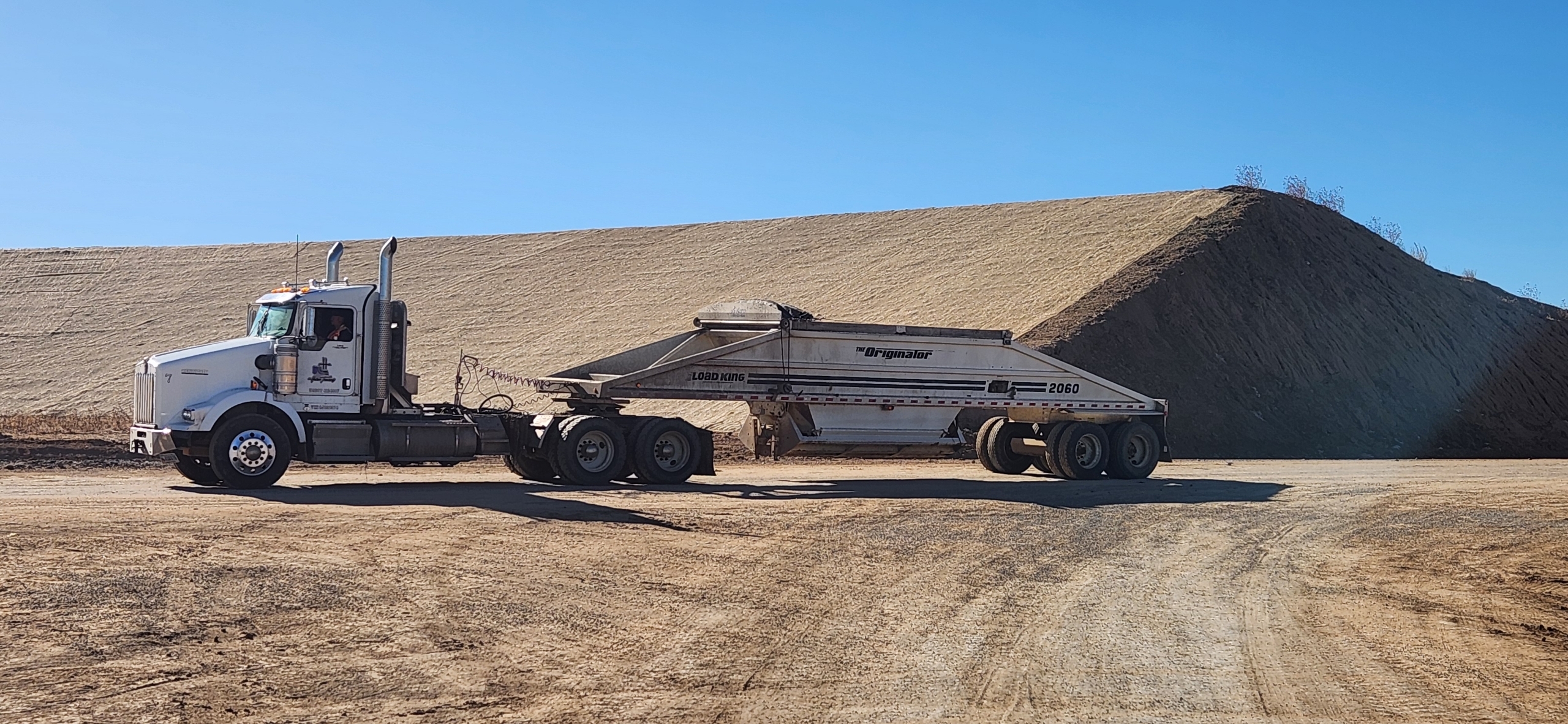
In construction, every cubic yard counts. From excavation to grading, material movement drives project timelines, budgets, and environmental impact. But what happens when you end up with more dirt than you need?
For decades, the answer has been simple — and expensive: haul it off, pay disposal fees, and move on. But in an era of tight margins and tighter schedules, that mindset is changing fast. Today, forward-thinking contractors are turning what used to be a costly byproduct into a new source of savings — and even revenue.
Welcome to the new era of smart dirt management.
The Hidden Cost of Excess Dirt
Every construction project generates surplus material. Whether it’s topsoil from site prep or fill from foundation work, that material has to go somewhere. And traditionally, “somewhere” has meant hauling it to a landfill or disposal site — a process that eats away at profit margins in several ways:
- Hauling and labor costs: Long-distance trucking burns fuel and driver hours.
- Tipping fees: Many landfills charge per cubic yard or per load, often without accounting for usable material.
- Idle time: When trucks are on disposal runs, crews wait. Project timelines stretch, costs rise.
- Lost opportunity: That dirt could have value to another contractor — sometimes even right down the road.
Depending on the distance and dump fees, moving 10–20 loads of dirt can cost thousands of dollars on a single job. Multiply that by dozens of projects a year, and it’s easy to see why disposal is one of the construction industry’s biggest untracked costs.
The Dirt Exchange Economy: A New Way to Move Material
That’s where platforms like Soil Connect come in. The Digital Marketplace connects contractors who have excess dirt with those who need fill, creating a win-win for both sides.
Here’s how it works:
- List surplus fast. Upload details and photos in minutes — the more info you share, the faster you connect.
- Match with local demand. Nearby contractors see your listing instantly, saving on hauling distance and timing.
- Cut disposal and hauling costs. Keep trucks local and eliminate unnecessary dump trips.
- Generate revenue. Instead of paying to dump material, get paid to move it.
The result? Less waste, shorter hauls, and more profit. Contractors who once saw dirt as a burden are now treating it like an asset — part of a broader shift toward smarter, circular resource management.
The Bigger Picture: Efficiency and Sustainability
Turning surplus dirt into savings isn’t just about cost. It’s about building smarter and cleaner.
- Fewer miles = lower emissions. Keeping dirt local reduces fuel consumption and carbon output.
- Less landfill waste. Usable fill stays in motion instead of being dumped.
- Faster project timelines. When supply and demand connect locally, crews stay on schedule.
- Community benefit. Contractors working together keep the regional construction ecosystem stronger and more efficient.
It’s proof that sustainability and profitability aren’t at odds — they’re aligned.
Real-World Results
Contractors using digital marketplace tools have reported savings of 30–50% on hauling and disposal costs. A single project can save thousands simply by shortening hauling distances or connecting to nearby buyers who need fill immediately.
For example, a mid-size contractor in the Southeast recently avoided $4,000 in disposal fees by listing surplus fill through the Soil Connect Marketplace — and sold it within 24 hours to another site less than 10 miles away.
That’s not an exception. It’s becoming the new normal.
The Bottom Line
Every load of dirt you move represents time, fuel, labor — and opportunity. For too long, excess material has been written off as waste. But with the rise of digital marketplaces and smarter logistics, the construction industry is realizing that waste is optional.
By connecting supply with demand, contractors can:
- Save thousands in disposal and hauling costs
- Reduce environmental impact
- Strengthen community ties within the construction ecosystem
- Turn a costly problem into a new revenue stream
The future of construction efficiency isn’t just about how we build — it’s about how we move what we build with.

.svg)







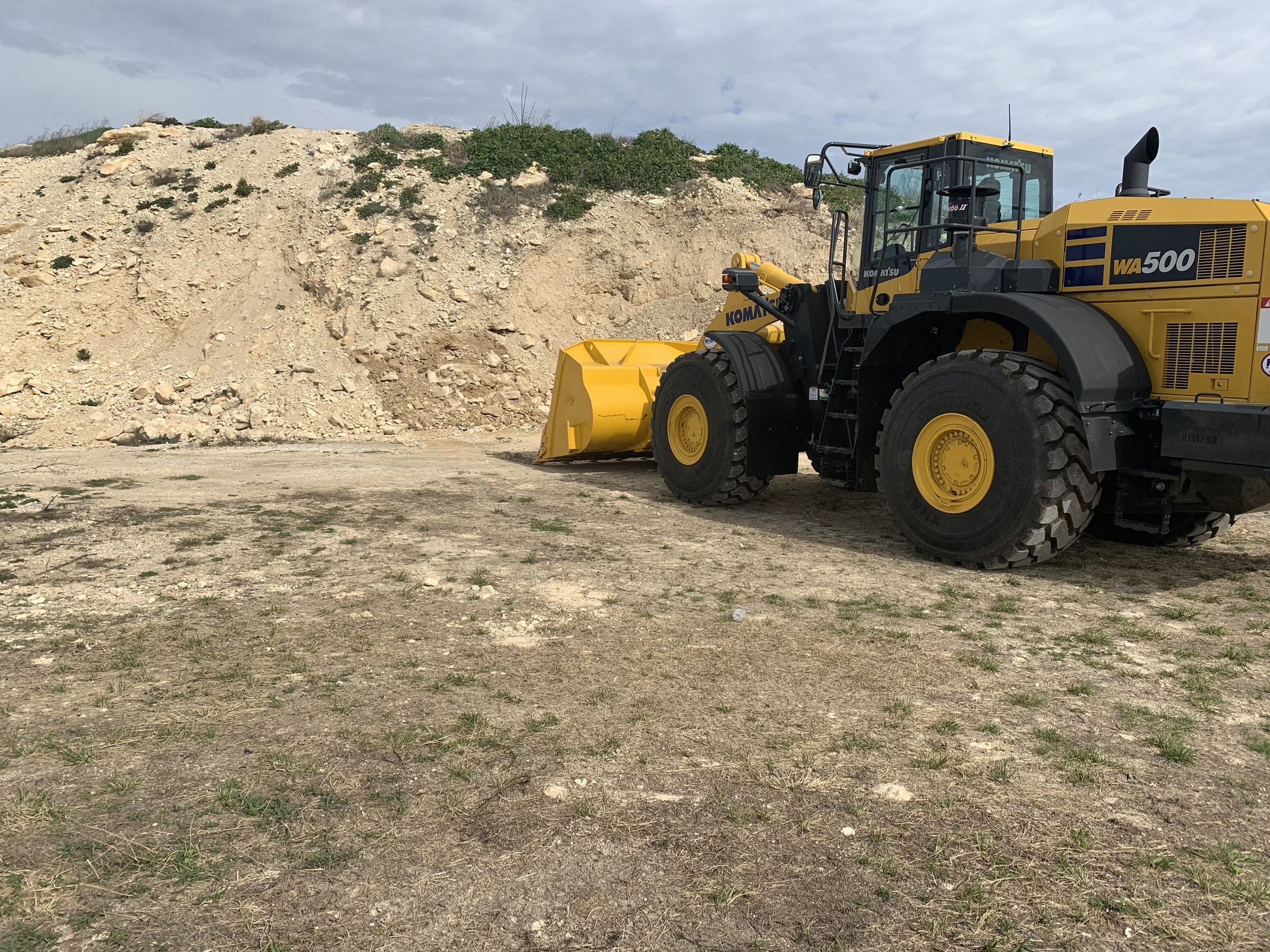
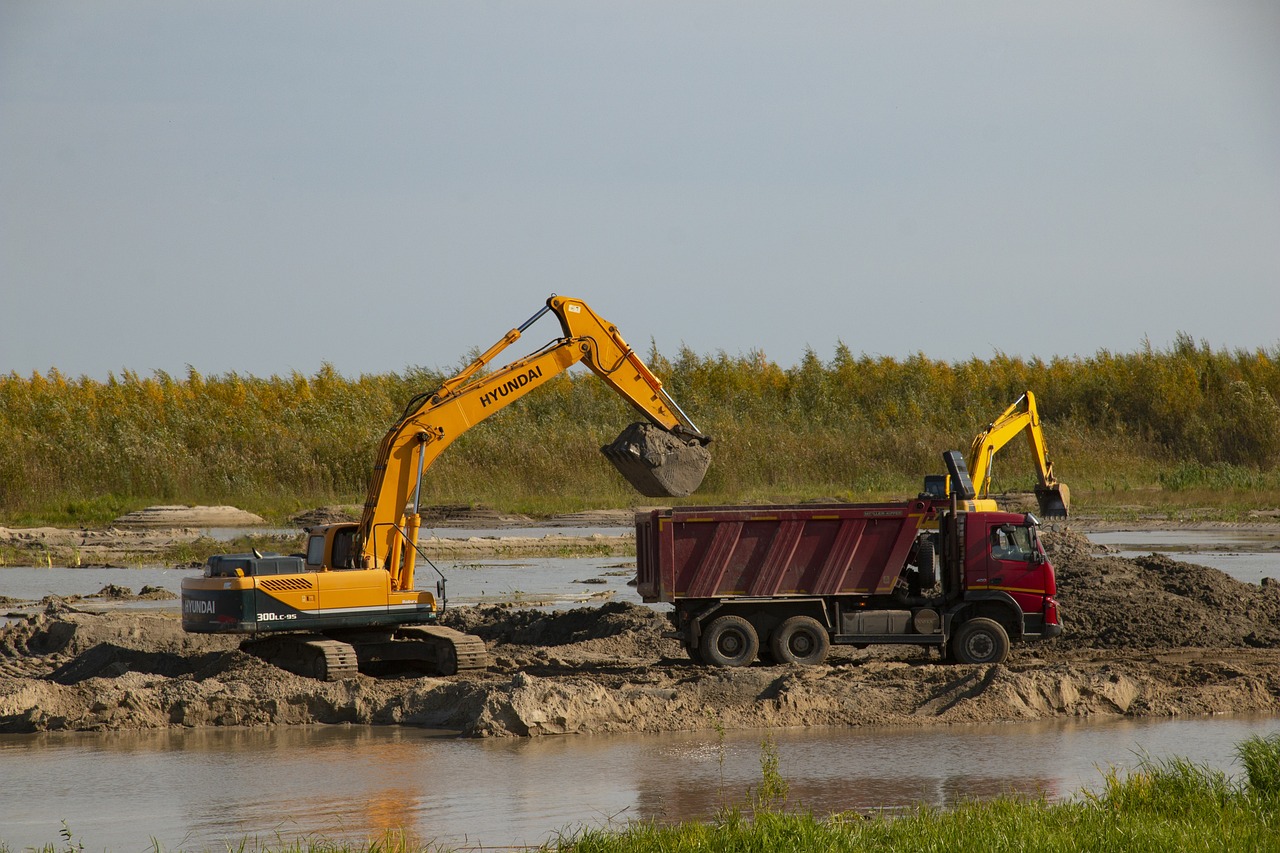

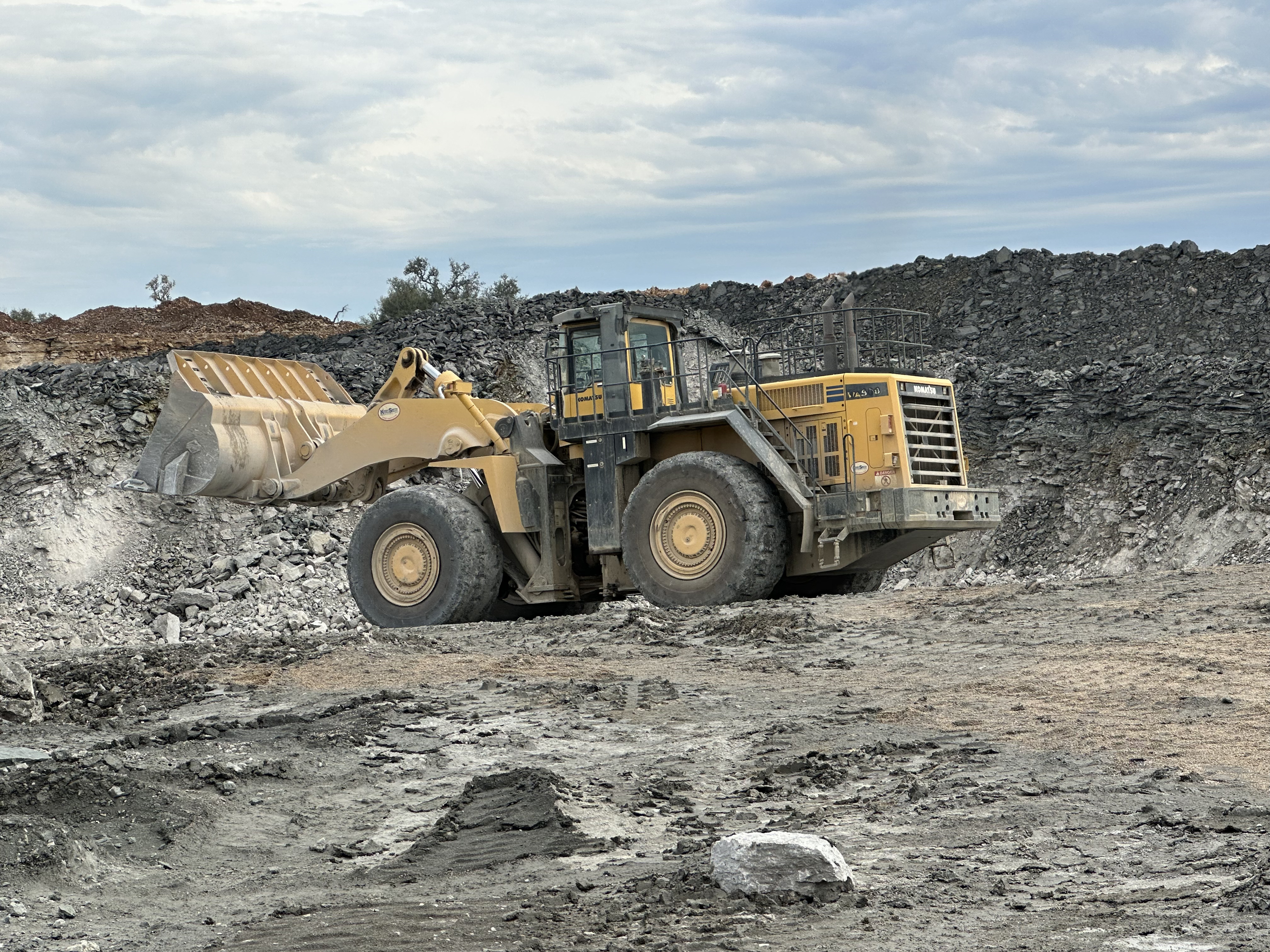
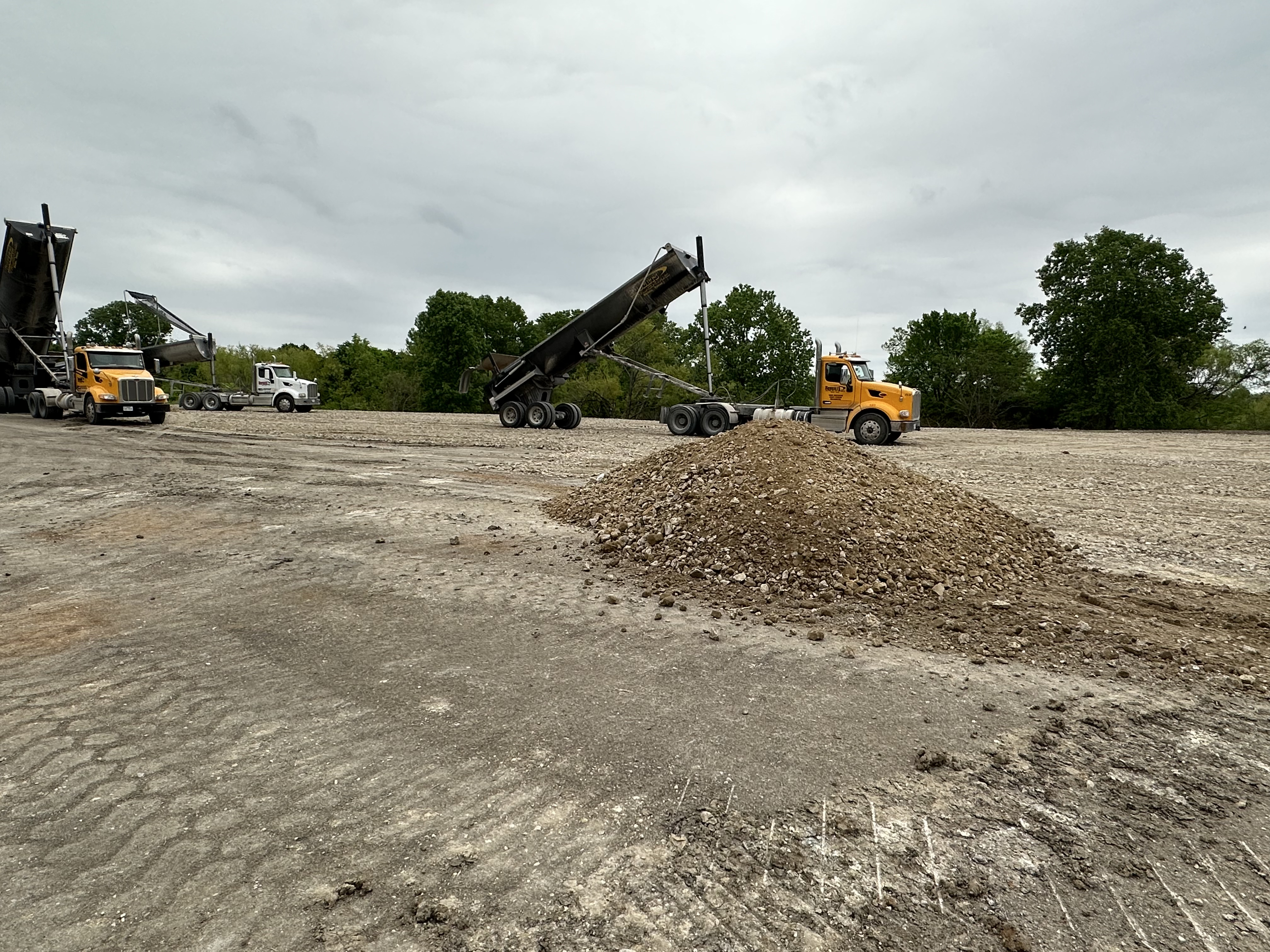

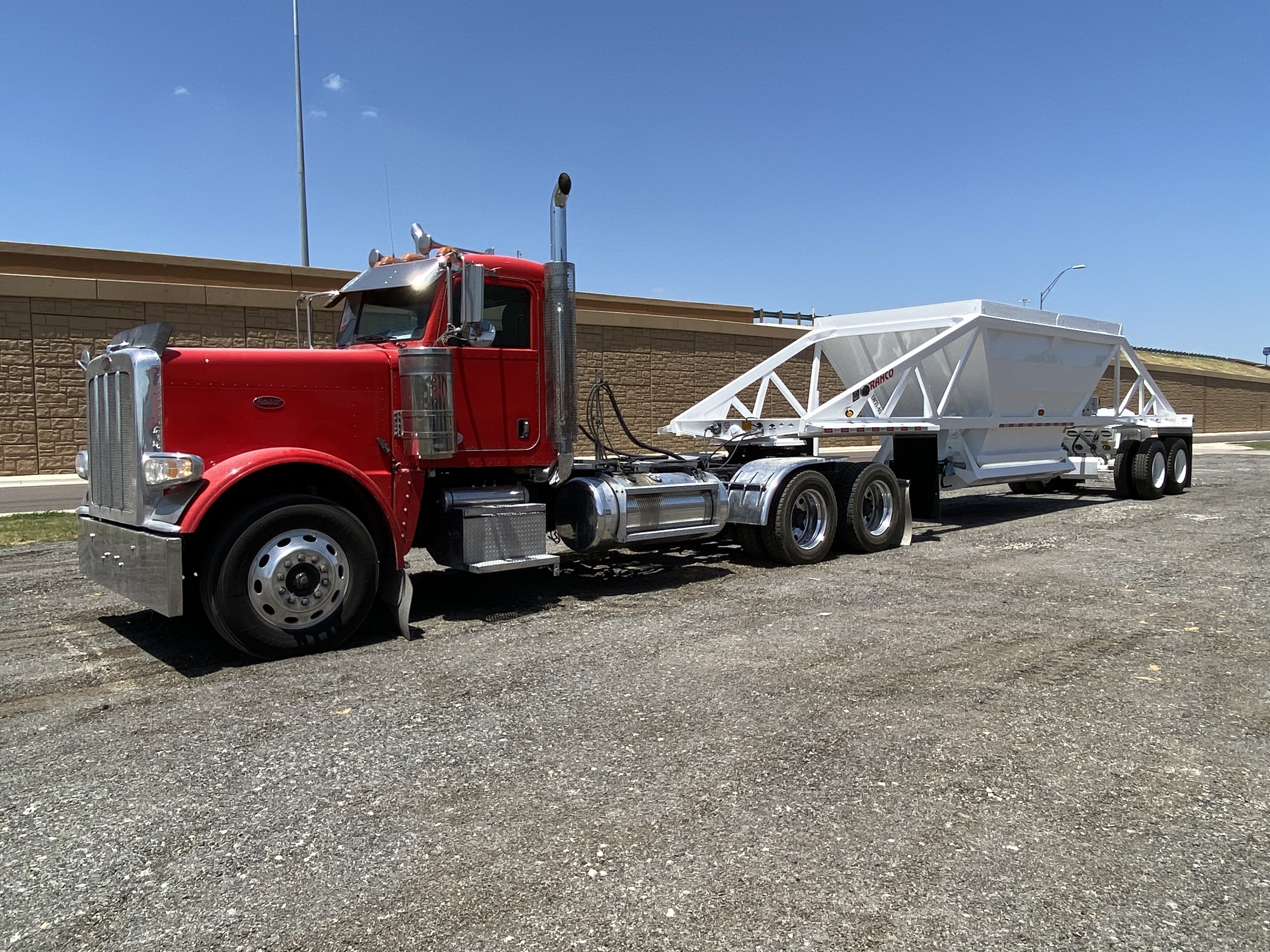
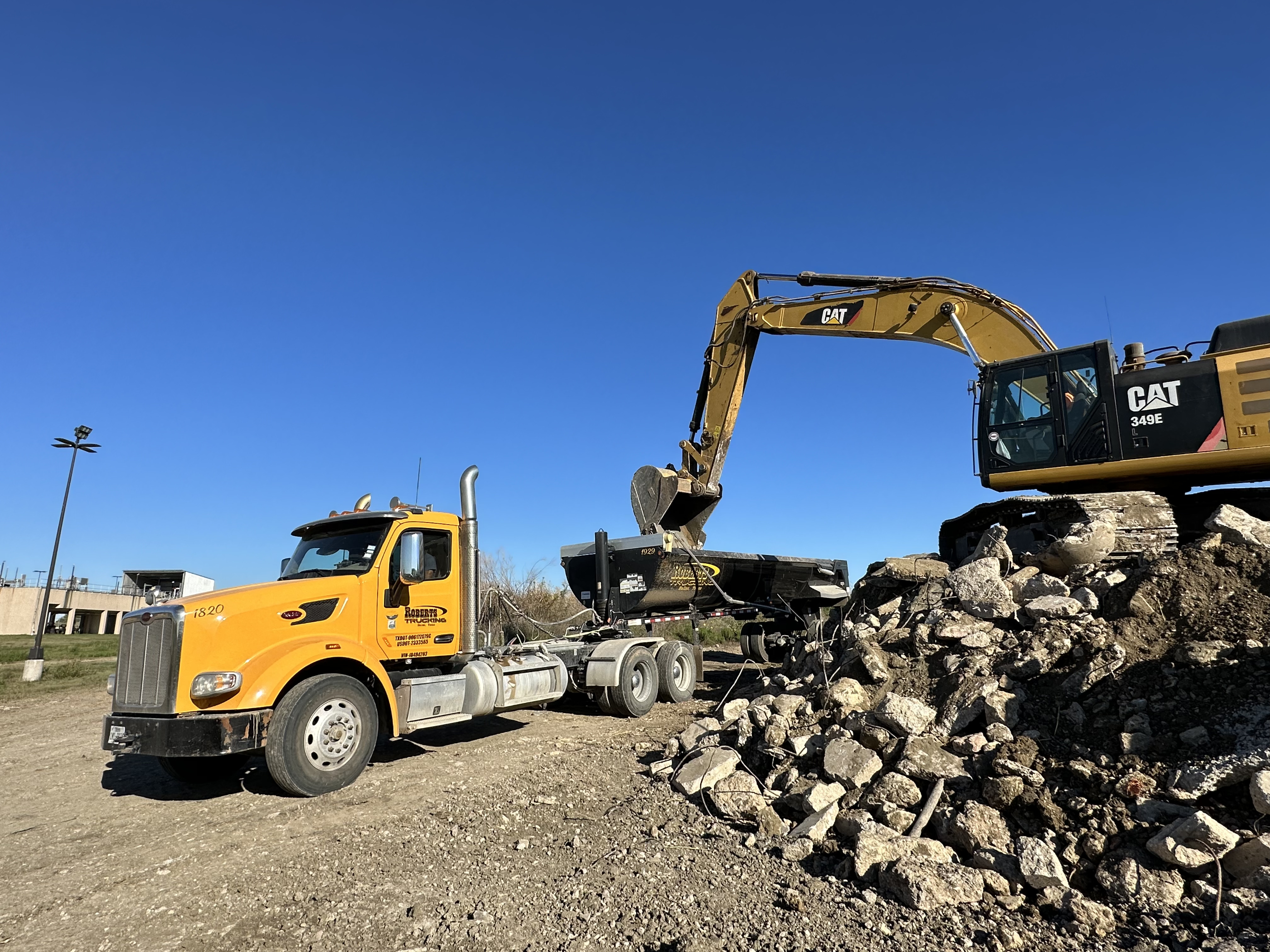
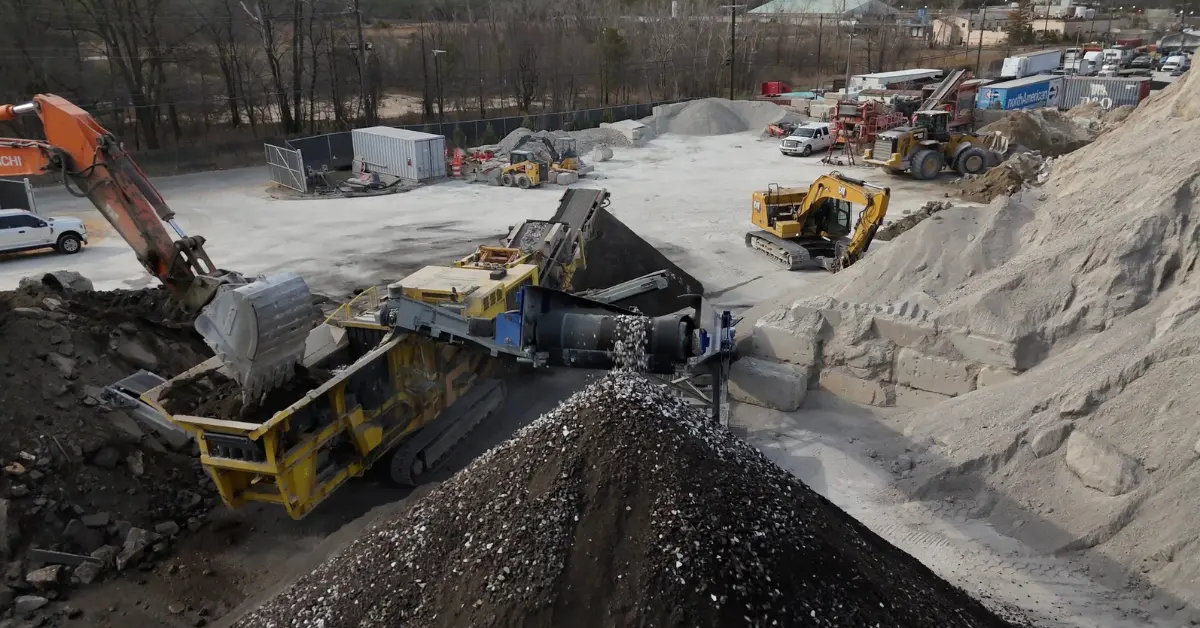
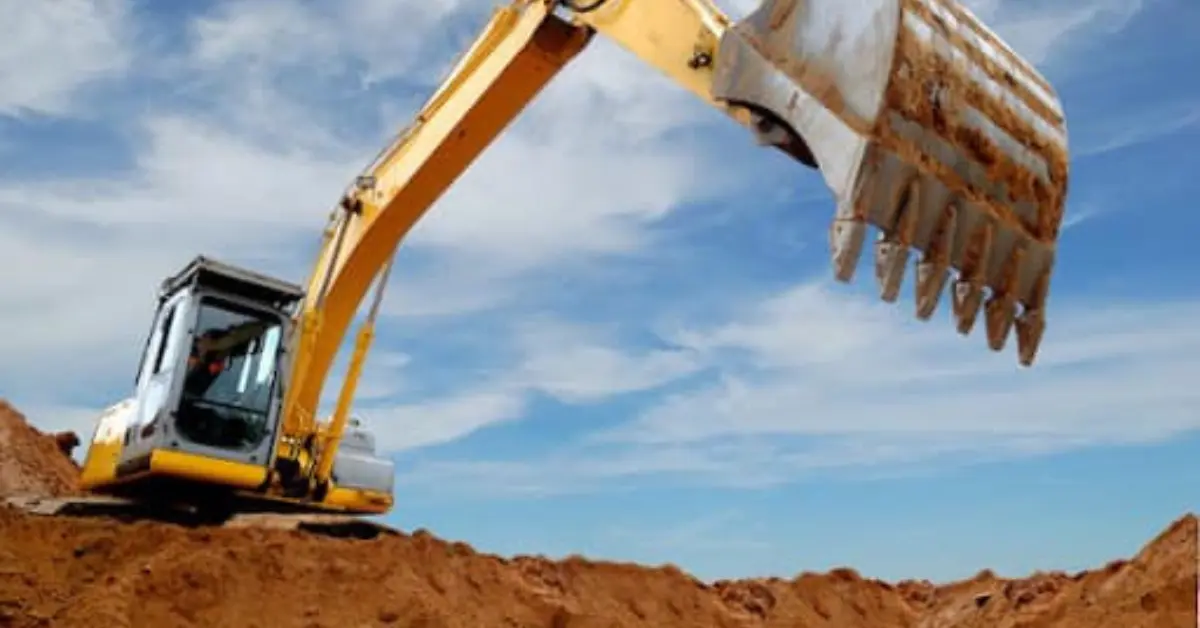
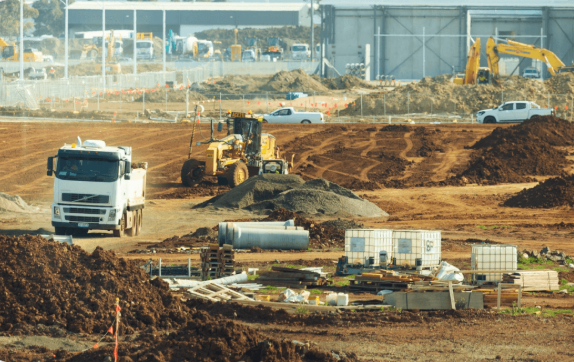
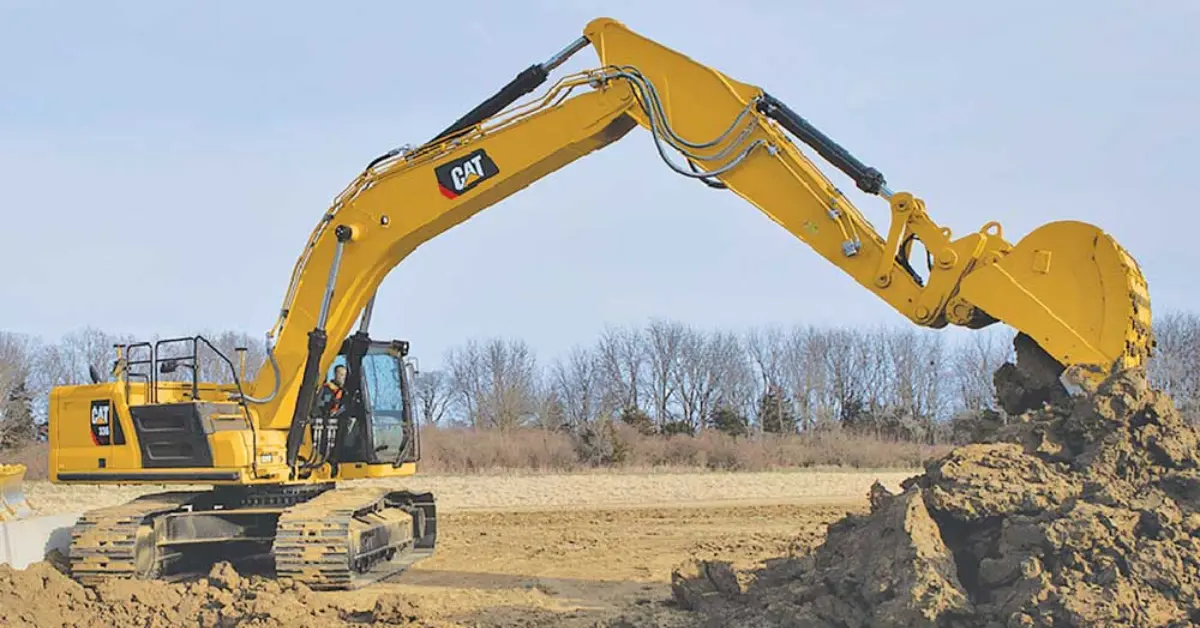
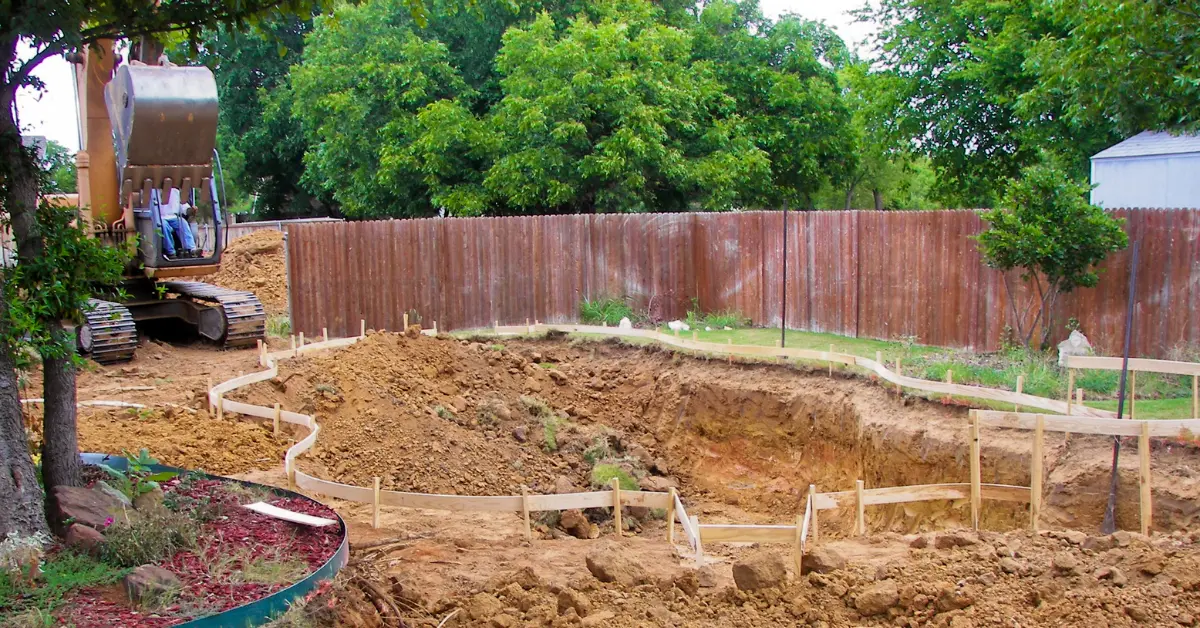
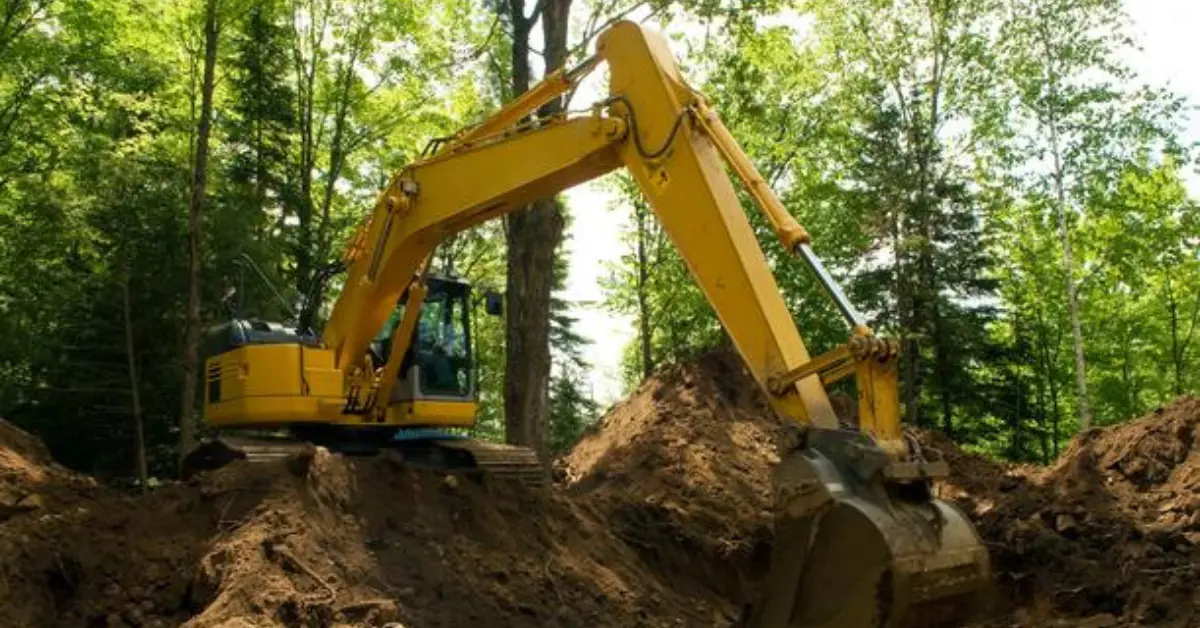
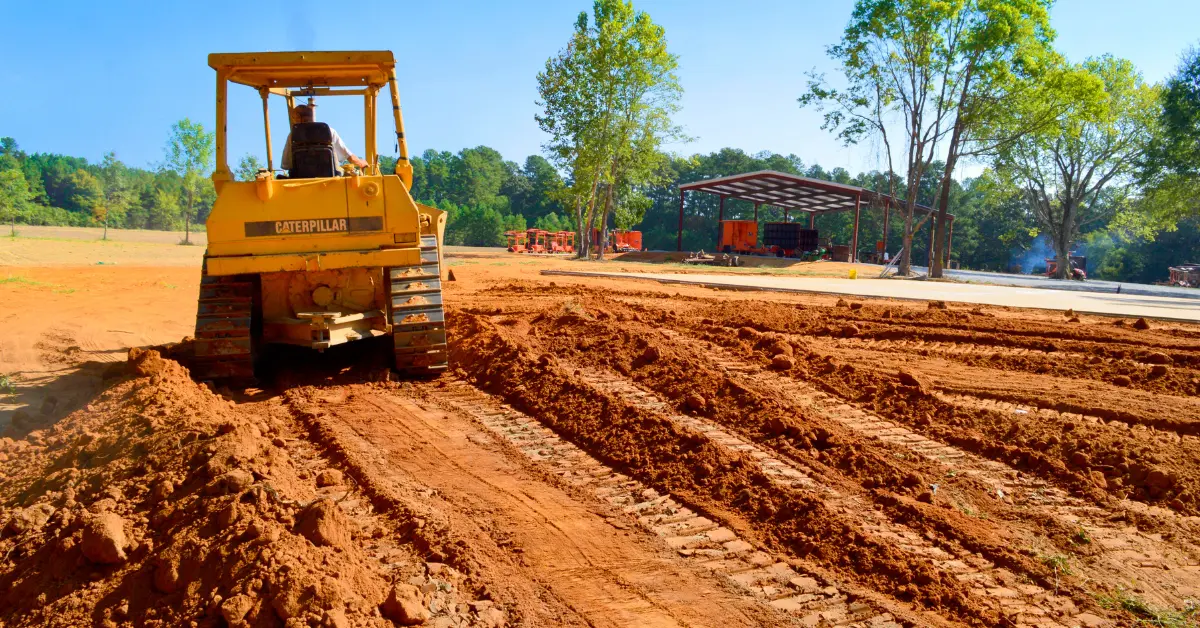
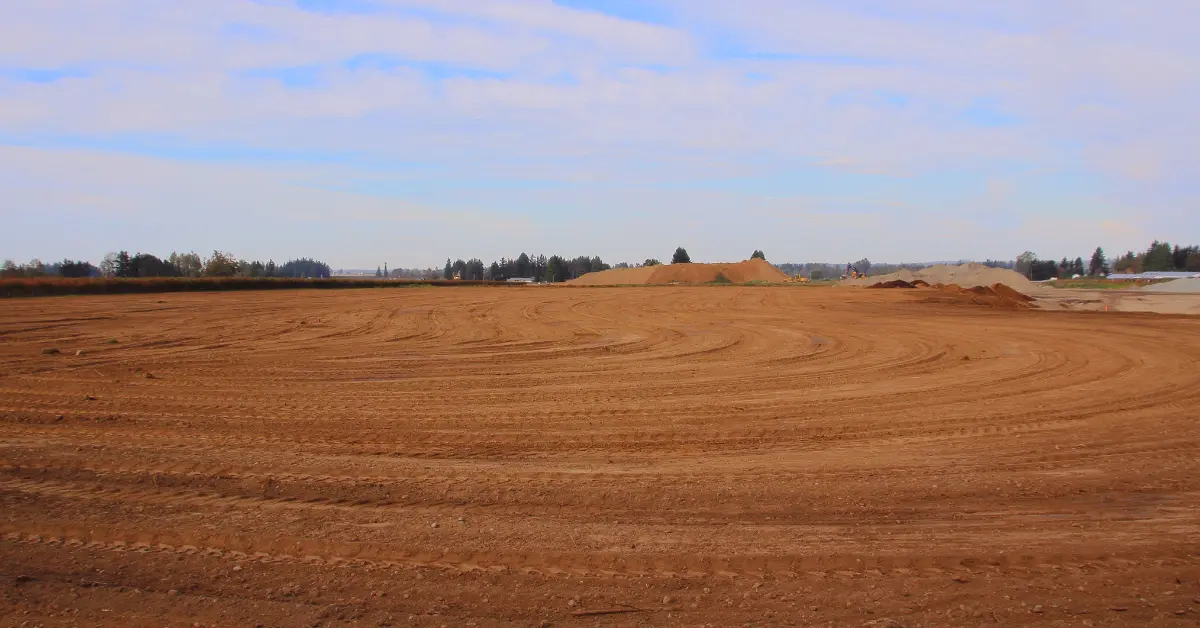





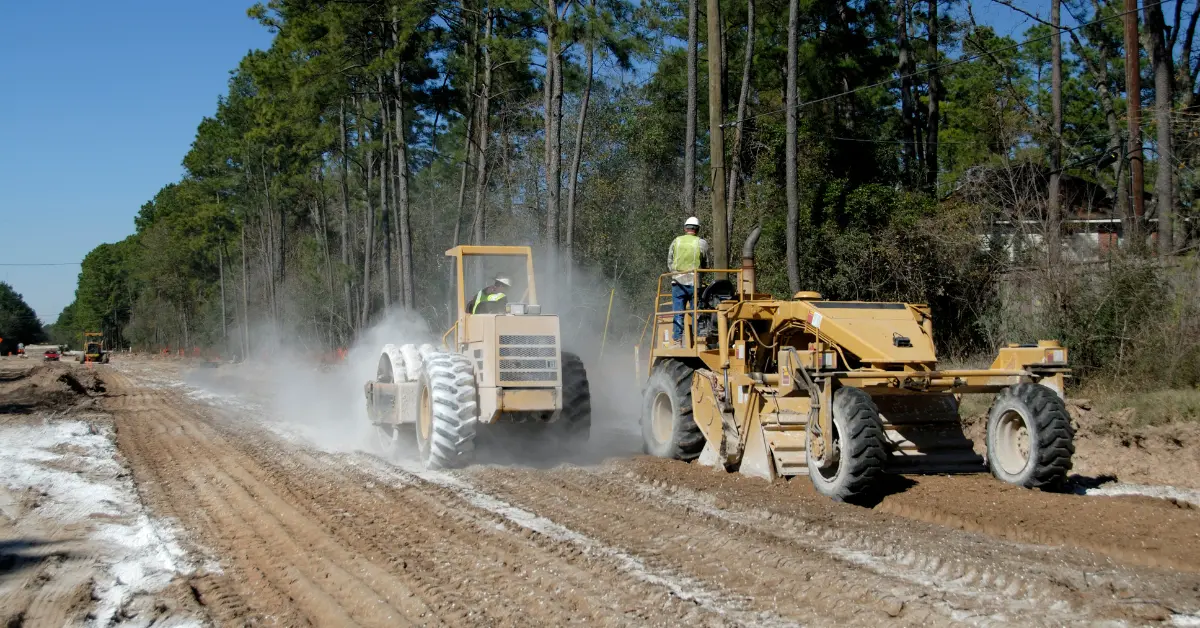




.jpg)













































